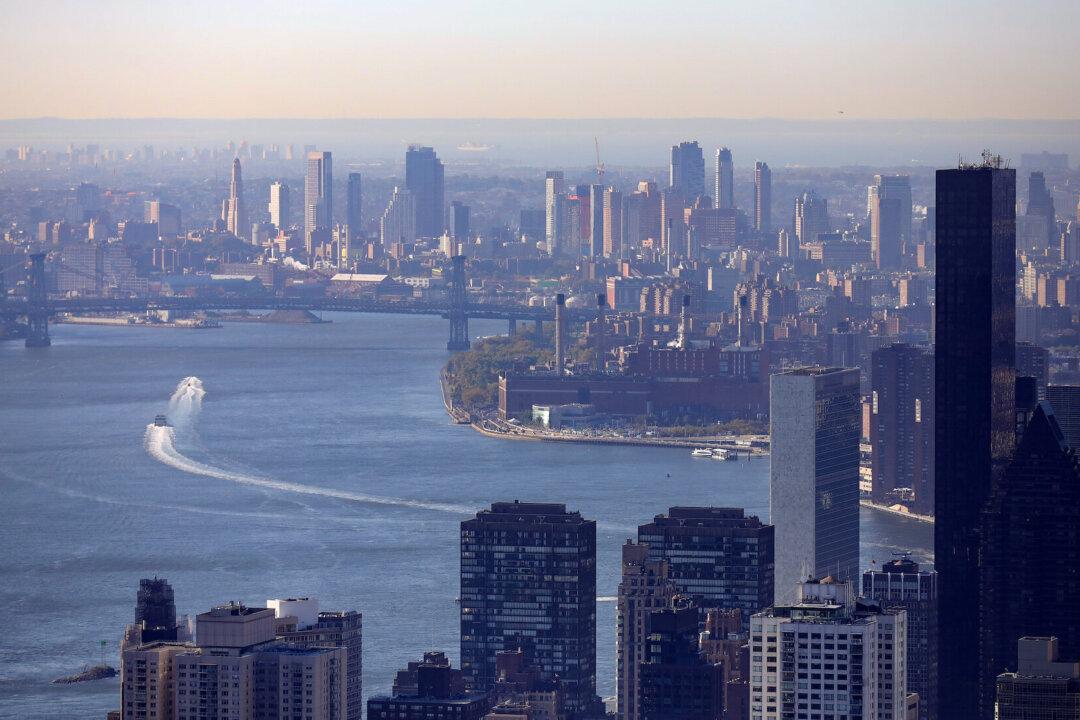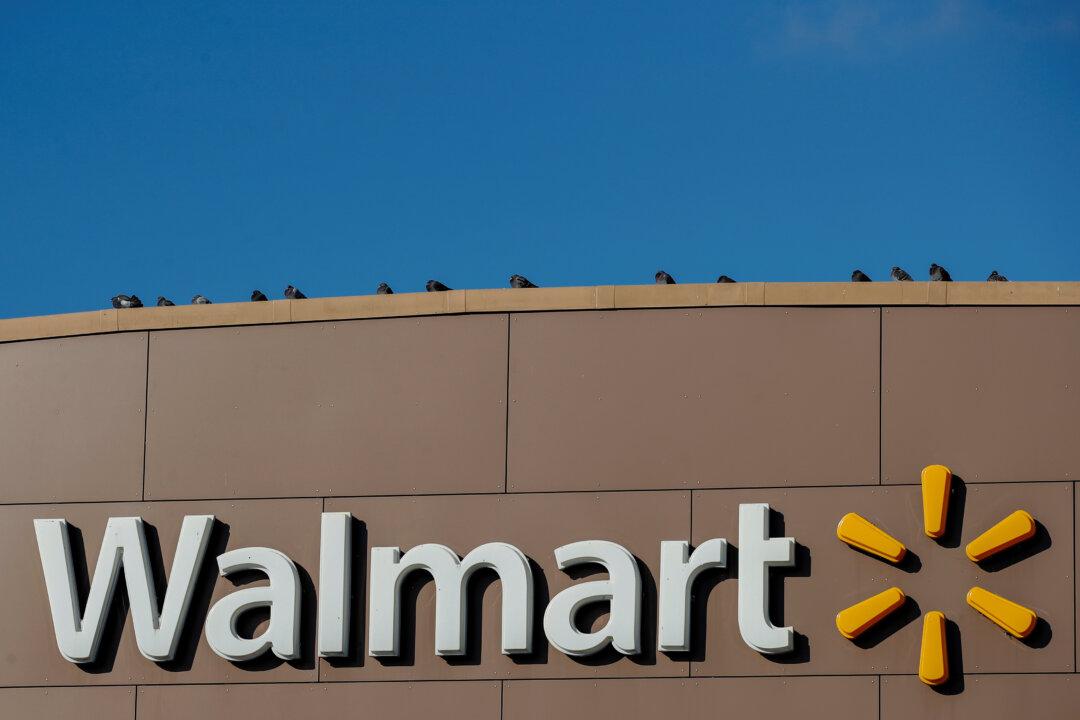The most recent data from S&P Global show that corporate bankruptcies are picking up again.
More than 230 companies have filed for bankruptcy through the end of April, more than double the comparable figure a year ago. UBS also found in a recent study that bankruptcies worth $10 million or more had jumped to an average of about eight per week by late February.




